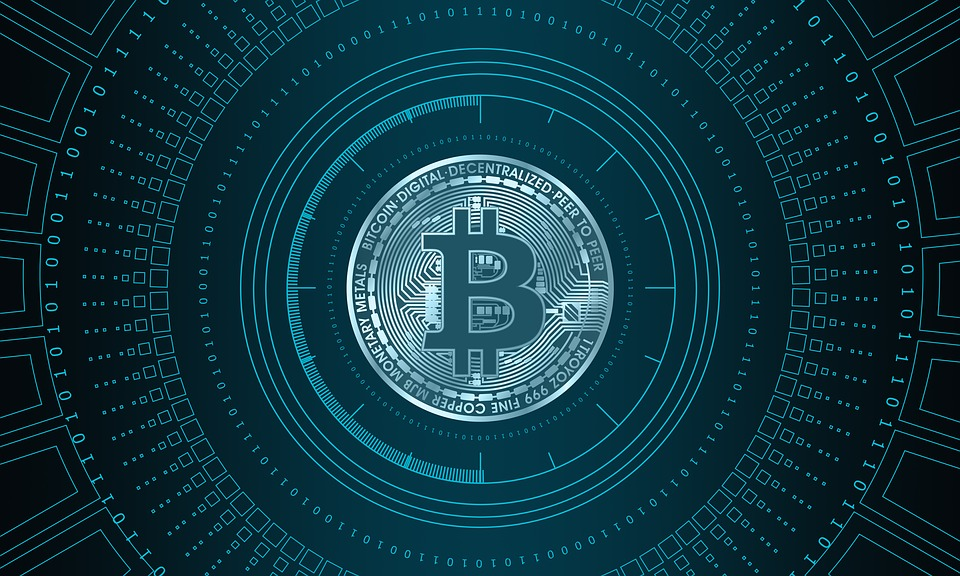Bitcoin Halving 2024: Anticipation and Speculation Rise as Market Dynamics Shift

Bitcoin is on the brink of its eagerly anticipated 'halving' event, slated for around April 20, which has stirred considerable excitement in the cryptocurrency sphere. This event, renowned as one of the most anticipated in the crypto market, has recently spurred a surge in the price of Bitcoin. Despite a dip from its record high of $73,798 on March 14th, the digital asset has soared by roughly 50% this year. This surge is attributed to the approval of Bitcoin ETFs by the US Securities and Exchange Commission in January, as well as expectations of interest rate cuts by the US Federal Reserve.
As the 2024 Bitcoin halving event approaches, speculation abounds regarding its potential impact on the market. Bitcoin, conceived by the pseudonymous creator Satoshi Nakamoto, was designed with a capped supply of 21 million tokens. Within its core blockchain framework, halving occurs to adjust the code, slowing down the creation of new tokens. New coins are introduced into the system as miners successfully solve complex mathematical puzzles to construct the blockchain and earn rewards in bitcoins. These rewards undergo halving every four years after the addition of 210,000 new tokens to the system.
The most recent halving took place on May 11, 2020, resulting in a 12% price increase in the subsequent week. This month marks the fourth occurrence of such an event since 2012, with the reward diminishing from 6.25 to 3.125 bitcoins per 10 minutes. Initially, in 2009, miners were rewarded with 50 bitcoins every 10 minutes. It is projected that this process will culminate once 21 million tokens have been mined, likely around the year 2140. Historically, Bitcoin halving events have been associated with significant price hikes due to reduced supply and increased scarcity.
The upcoming halving event is unique, driven by a combination of factors poised to reshape market dynamics. However, some market experts remain cautious about the possibility of a substantial surge in Bitcoin prices. Historical patterns suggest that significant price increases might not occur until two months after the halving. Nevertheless, Bitcoin has defied expectations by reaching its all-time high before the halving, a first in its history. Past halving events have often triggered bull runs in prices due to the sudden reduction in supply. However, this halving is different as it coincides with a surge in institutional demand driven by spot BTC ETFs, creating what some call a 'supply shock'.


